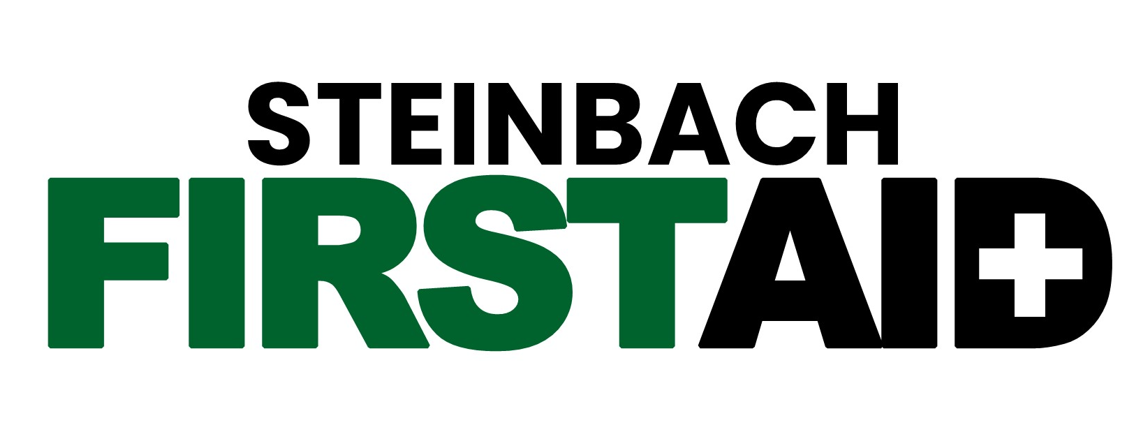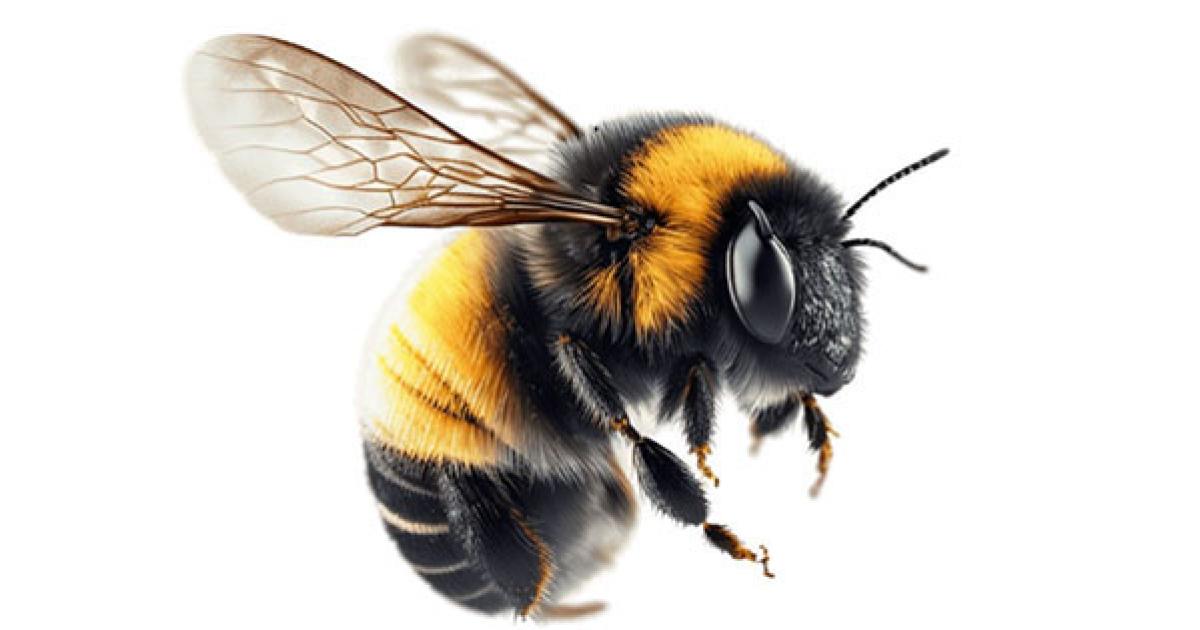Insect stings can be painful but are not usually dangerous. However, if the insect sting is in the mouth or throat this can be more serious as it could lead to swelling of the airway and obstruction. Watch for signs of an allergic reaction, which can lead to anaphylactic shock.
Signs and Symptoms
Look for:
- Stinging Pain
- Redness
- Swelling
- Irritation or Itching
- Hives
What to Do
- Reassure the casualty. If you can see the sting, brush or scrape it off sideways with something firm like a fingernail, credit card or plastic ruler as soon as possible.
- Don’t try to use tweezers to pull it out, because you could squeeze poison from the sting into the casualty.
- Raise the affected area and hold something cold against the injury to help reduce the swelling. Use an ice pack or a frozen bag of vegetables which is wrapped in a tea towel or thin towel to avoid direct contact of the ice with the skin.
- Keep the cold compress on for 15 – 20 minutes. You can repeat this each hour, but do not leave the ice on for longer than 20 minutes each time.
- If the sting is in the mouth or throat, the casualty can suck an ice cube or sip cold water to try to prevent any swelling.
- Monitor their breathing and level of response.
- Call 911 for emergency help if the casualty shows signs of a severe allergic reaction(Anaphylaxis).
Credit: St John Ambulance

